Langston Interactive Nutrient Calculation (LINC)
GLOBAL FOOD SECURITY AND DEFENSE QUARTERLY
WHAT WE DO
The Center of Excellence for Global Food Security and Defense (CEGFSD) funds teaching, research, extension and integrated projects designed to supply the country with a globally educated workforce and addresses critical needs in global food security and defense. CEGFSD fosters international partnerships that:
• Strengthen agricultural development in developing countries.
• Engage international researchers in addressing new and emerging pests and diseases in animals and plants.
• Engage in agricultural disaster recovery.
• Continue activities carried out by the 1890 Universities Center of Excellence for International Engagement and Development. The CEIED activities include six projects funded under global education and six others on global food and nutrition security.
CEGFSD relies heavily on its international and domestic partners to achieve these broad goals. The CEGFSD’s partners include the nineteen 1890 landgrant universities, the 1890 Universities Foundation and many international public and private sector partners. The Center is one of six centers of excellence at 1890 universities identified in the U.S. Agriculture Improvement Act of 2018. The Center is supported with funds from the U.S. Department of Agriculture’s National Institute of Food and Agriculture. It is hosted by the University of Maryland Eastern Shore and brings together all nineteen 1890 universities.
THE CENTERS PARTNERS

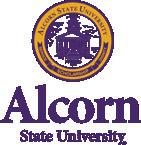
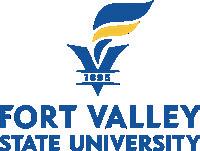


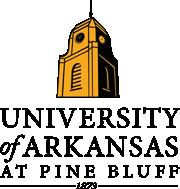
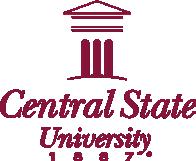





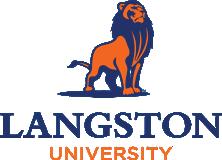

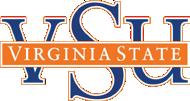
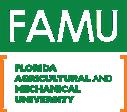

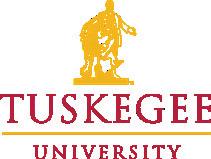
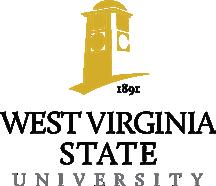
MESSAGE FROM THE DIRECTOR
Dear Stakeholders, Greetings!
I am delighted to welcome you to read the summer 2023 edition of the Center’s Quarterly. In recent months, the Center’s faculty and students have been busy engaging international partners across Africa and the Caribbean. For instance, in the Caribbean, scientists introduced an Interactive Nutrient Calculation system for small ruminants with the goal of improving food security in Jamaica. Additionally, students were engaged in experiential learning and research activities in the field of post disaster management and assessing impact of climate change on local communities and coastal agricultural food systems in Dominica. On the African continent, faculty implemented several projects ranging from networking and exchange of knowledge on food security and food safety in Ghana, to tissue culture and agroecological farming systems in Kenya, and plant health in the context of climate change in the Democratic Republic of Congo. The Center continued to expand its partnerships including the signing of an MOU between the University of Maryland Eastern Shore and Mpumalanga University, South Africa. We would greatly appreciate your feedback on any of the material presented here. Until then, please be on the lookout for the upcoming Quarterly.
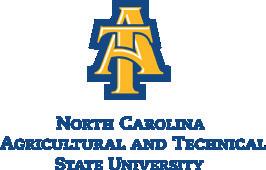
 – Moses T. Kairo, Ph.D., DIC
– Moses T. Kairo, Ph.D., DIC
Latin America
and Caribbean
Belize
Colombia
Costa Rica
Dominica
Guatemala
Guyana
Honduras
Jamaica

WHERE WE WORK
West Africa
Côte d’Ivoire
Ghana
Liberia
Gambia
Senegal
East Africa
D.R. of Congo
Kenya
Rwanda
Tanzania
Uganda
LANGSTON’S NUTRIENT CALCULATION TOOL ENHANCES FOOD SECURITY IN JAMAICA

Food security has become a significant issue across the Caribbean, prompting one of the world’s most fertile regions to reclaim its agricultural past. Jamaica started this effort a decade ago when the government unveiled a national food security campaign with the slogan “grow what we eat, eat what we grow.” Jamaica is currently expanding its small ruminant industry as part of its National Food Security mandate. Over 1 billion Jamaican dollars are spent annually on the importation of small ruminant meat, which represents a huge market potential for local producers. This significant market can be reclaimed by local farmers and ranchers.
The country has shown a propensity for the rearing of goats and sheep due to ideal climatic conditions for successful production of small ruminants in the sub-region. However, in order to achieve a satisfactory level of meat production, concentrate feedstuffs, such as cereal grains, need to be included in small ruminant diets. Concentrates are mostly imported and expensive. Therefore, there is a need to educate extension officers and farmers on the best formulation of small ruminant diets to efficiently support high levels of production.
According to the Jamaican small ruminant farmers, gaining a better understanding of effective feeding techniques during each stage of production is crucial to sustaining the small ruminant industry. Hence, Langston University and Rural Agricultural Development Authority are engaged in a food and nutrition security effort in Jamaica by educating and training extension agents and individual farmers to properly estimate the nutritional requirements and feed needs of meat goats. (continued)


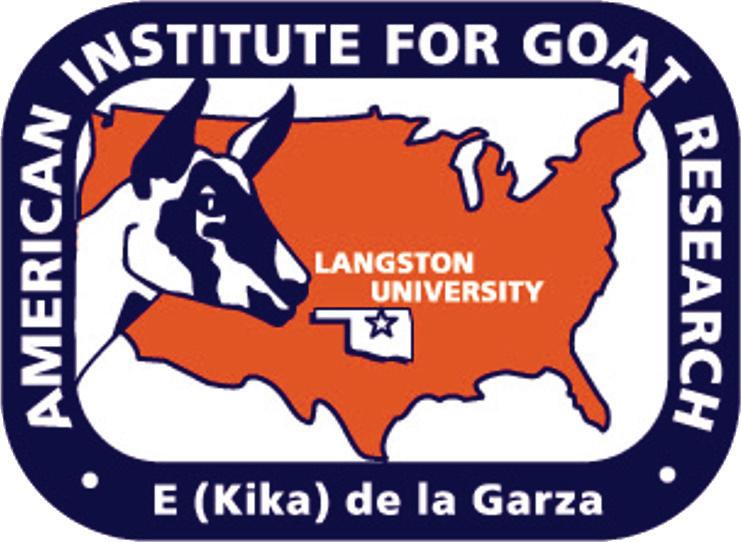

Developed and recently updated by LU, the Langston Interactive Nutrient Calculation, or LINC, system is a tool for creating a sustainable and efficient feeding system for goats that benefits both producers and the environment. LINC consists of different calculation options or calculators including energy and protein requirements and prediction of feed intake by different biotypes of goats (i.e., dairy, indigenous or local, meat or ≥ 50% Boer, and Angora) in various stages of production such as nursing, growing, maturity, gestation and lactation.
For instance, the Estimating Supplemental Concentrate Needs Calculator determines the requirements and properties of the basal dietary forage and information about a possible feedstuff to be supplemented. This calculation is made after animal characteristics are entered into the system.
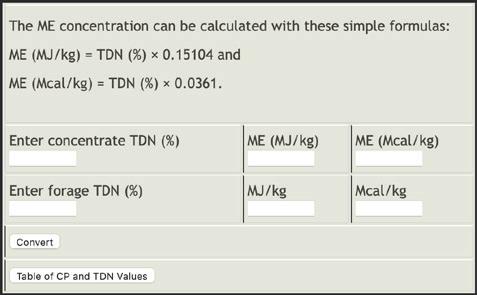


Such calculations help to determine the amount of the supplemental feedstuff needed to meet energy and protein requirements for small ruminants. These calculations significantly allow for use of least-cost supplements that meet both energy and protein requirements of the animals. This is beneficial to the producers since these calculators correct effectively and efficiently for deficits of the basal forage and achieve the target level of small ruminant performance.
The Total Mixed Ration Calculator, also referred to as Least Cost Ration Balancer, is significant and used for least-cost formulation of diets.
LU has organized extensive online and in-person LINC demonstrations and training sessions for farmers, extension officers from all Jamaican parishes and faculty at the College of Agriculture, Science and Education. Platforms used to train Jamaican stakeholders include laptop computers, tablets, smartphones and Raspberry PI ubuntu server. In addition, LU provided targeted training to small ruminant farmers in goat nutrition, parasite control and reproduction. Users concluded the LINC system is an invaluable tool for advancing the productivity and profitability of meat goat operations. ///

TUSKEGEE SCIENTISTS, GHANAIAN COUNTERPARTS ADDRESS FOODBORNE DISEASES
AND FOOD SAFETY
Food security and food safety continue to challenge scientists and the public. While food security is exacerbated by climate change, food safety can be compromised by food handling missteps and other unforeseen factors. The World Health Organization estimates there are more than 600 million cases of food contamination, resulting in about 420,000 deaths and 33 million disability-adjusted life years annually associated with foodborne diseases and food safety risks, particularly those related to bacterial pathogens.
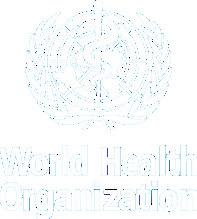
Annually Estimated
600
420,000 million cases of food contamination million disability-adjusted life years deaths
33
Many of these cases begin with bacterial pathogens, particularly Campylobacter spp., Salmonella spp., pathogenic Escherichia coli, and Vibrio cholera, etc. Primarily, foodborne diseases occur due to the consumption of meat, fresh produces, water contaminated with pathogens or toxins. Food sector innovations are needed to overcome these challenges.
There is intricate interaction between human and non-human factors that contribute to the risk of foodborne diseases. Food contamination can occur at different stages within the food supply chain. Some of the factors are poor hygiene, inadequate cleaning or poor temperature control during food processing, transport and storage.
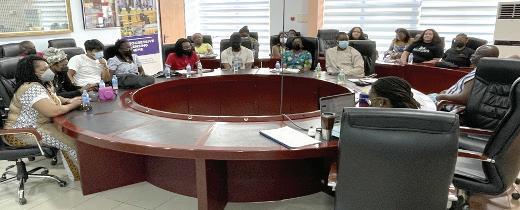
To debate these challenges, a forum of 25 stakeholders comprising of experts in the food industry, academia, intergovernmental agencies and the public sector convened in Ghana in summer 2023. This was an opportunity for participants to network and identify food security and food safety issues in three regions of Ghana: the Northern, Central and Greater Accra regions. Participants came from a diverse group including food producers, processors, marketers, policy makers, regulators, scientists, etc.
Discussion included the conventional methods used in Ghana for detecting bacterial pathogens present in food products based on microbiological cultures and biochemical tests. While cost-effective, these cultures and tests can be time-consuming. Also raised were the adoption of recent advancements in techniques within various foodborne bacteria surveillance systems across food settings. Forum participants benefited from shared expertise from across the country. Participants had the opportunity to learn about the latest food safety trends and challenges in the context of Ghana. Currently, there is an ongoing microbial analysis on irrigation water used for agricultural production and produce packaging. Other analyses are being conducted on selected fruits and vegetables. Produce growers also received training on several topics including farm gate packaging, produce cooling and transportation to markets using a variation of Global Food Safety Initiative tools. ///
UNIVERSITY OF MARYLAND EASTERN SHORE, MASENO UNIVERSITY TRAIN
STUDENTS ON PLANT TISSUE CULTURE
Maseno University, in collaboration with the University of Maryland Eastern Shore, held a training with the postgraduate students on plant tissue culture. In attendance were Maseno University’s Dr. Fredrick Onyango Aila, dean of the School of Business and Economics, and professor Mathews Dida; and the University of Maryland Eastern Shore’s Drs. Caleb Nindo, Stephan Tubene and Sadanand Dhekney. An expert in plant tissue, Dhekney held a plenary session with students. The training was conducted theoretically on plant tissue culture application, extraction and isolation of meristem tissue, and later practiced at the botany laboratory at Maseno University, where the extraction of the meristem tissue of a cassava plant and the process of culturing the extracted tissue was demonstrated.

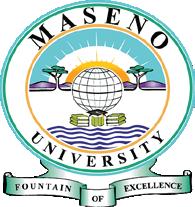
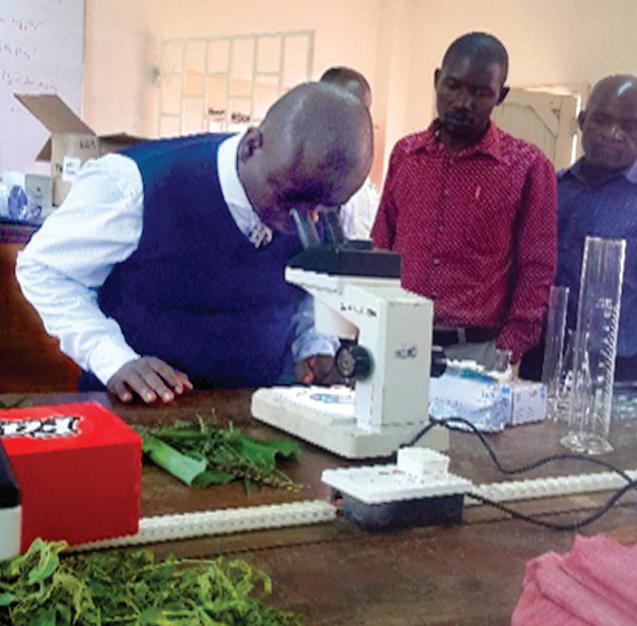
Integrated agroecological farming in Kenya
UMES and Maseno faculty and students traveled to Siaya County, Kenya, to visit a typical smallholder farmer at Sagam Farm, who is practicing an agroecological approach including crop-livestock integration, crop diversification, agroforestry and cover cropping. The farmer is practicing organic farming on about 4 hectare of land. Their integrated agroecological system makes use of crop and livestock diversification. This includes the growing of sorghum, finger millets, maize and African leafy vegetables (spider plant, black nightshade, Ethiopian kale, etc.), and raising of cattle, sheep and poultry (ducks, turkey and chickens). The need for this practice is intended to enhance circular and regenerative farming systems, increase food production and diversify the sources of income. The farmer also practices cover cropping with sweet potatoes, controlling soil erosion by planting napier grass as well as providing feeds for animals.
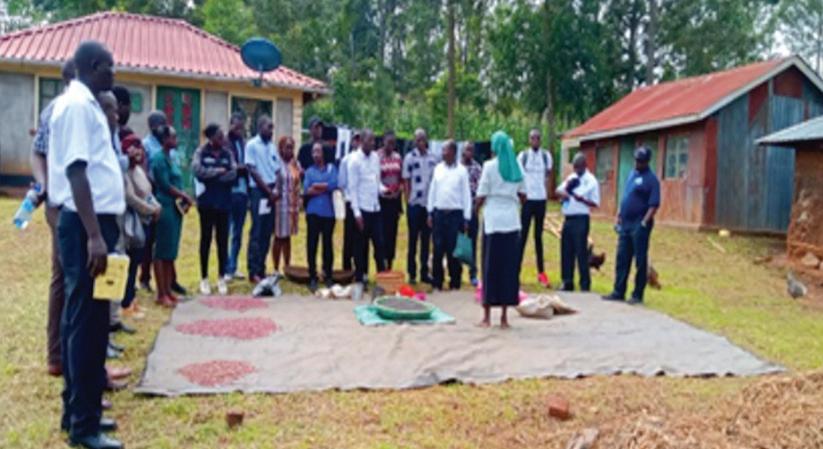
From maize and cassava plant breeding to fruit tree grafting
The team also visited Maseno University research farm to investigate maize and cassava plant breeding projects led by Dida. This plant breeding technology produces disease-free plants that are also high
yielding. It involved conventional breeding on different maize and cassava varieties, and sorghum facilitated by Dida.
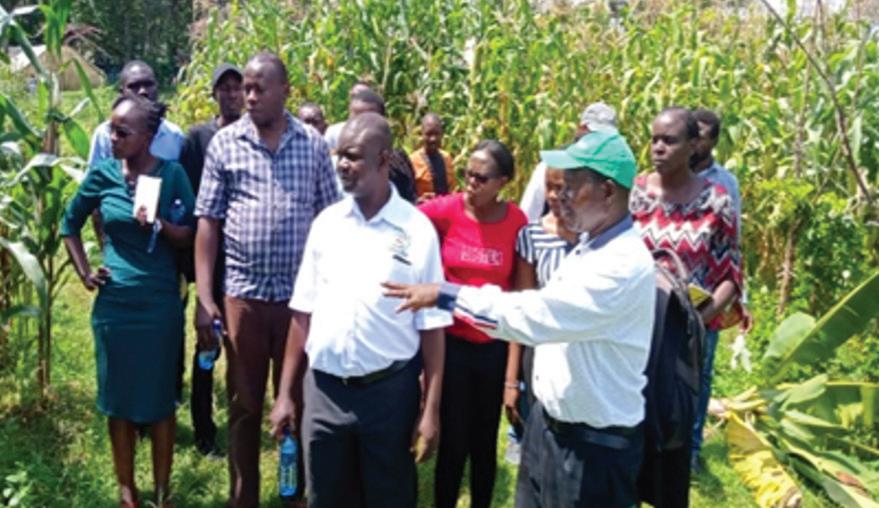
An experiential learning for Maseno students was organized at the Kenya Agricultural & Livestock Research Organization, or KALRO, to introduce students to the fruit tree grafting and budding program. Grafting and budding technologies were demonstrated by the farmers and the researchers at KALRO. The main reason for this technology is to increase productivity of fruits in an agroforestry farming system. The technology shortens the maturity period of the trees and develops high-yielding and climate-resilient tree species. Agroforestry is an agroecological practice that enhances food production through trees and crop farming.
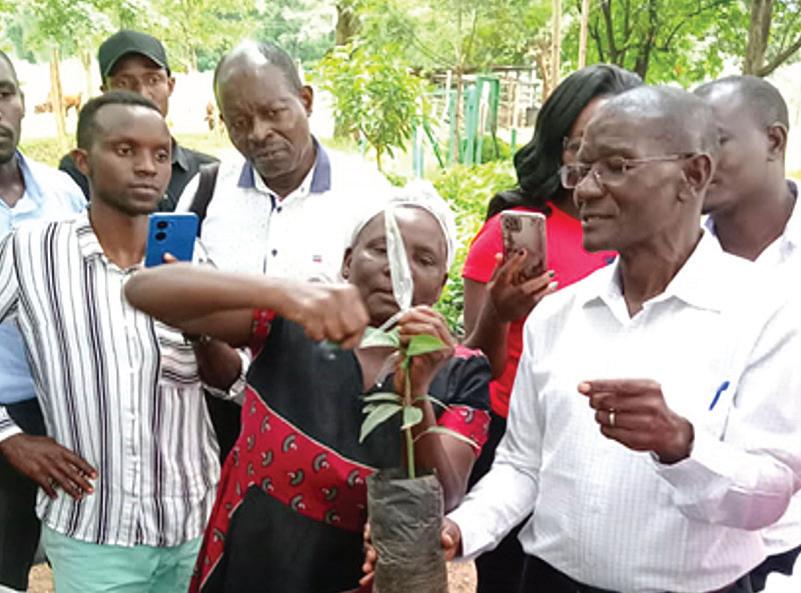

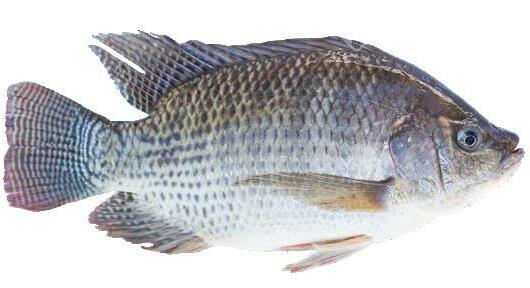
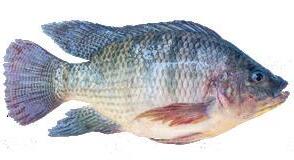
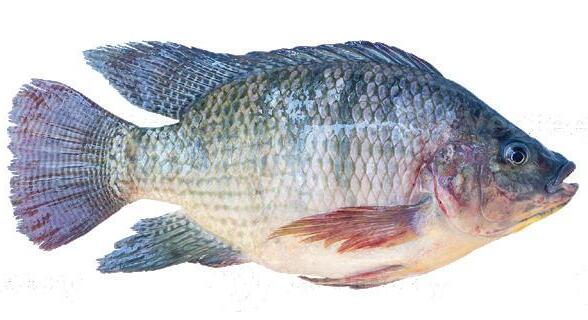
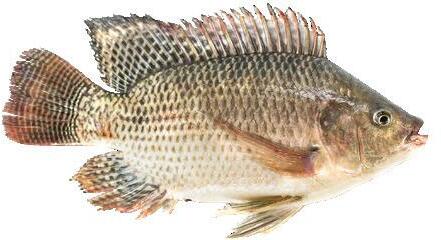
Cage culture fish farming at Lake Victoria increases productivity
The team also visited Dunga Beach, where farmers use cage culture to produce fish, mainly the Nile tilapia (Oreochromis niloticus) species.

Cage culture has been implemented for a decade at Lake Victoria. The technology is preferred because of its high stocking densities, low space required and fewer management practices required. The farmers, who operate under Beach Management Units, own several floating cages anchored to the bottom of the offshore regions. The cages are made of metal frames with floating materials and fixed with nets for holding fish. Notably, a 5-by-5-meter cage had been stocked with 5,000 fish. The fish are fed on commercial feeds (pellets) for 10 months to achieve a desirable size that would fetch high prices. Despite facing hurdles like sudden fish mortalities, cage culture has increased fish productivity, thereby raising farmers’ income and, consequently, standards of living. ///
KENTUCKY STATE EXPERIENTIAL LEARNING ACTIVITIES FEATURE DOMINICA
Kentucky State University students and faculty along with an Alabama A&M University faculty engaged Dominica State College’s scientists in an experiential learning opportunity in Dominica in summer 2023.



The opportunity was led by Dr. Buddhi Gyawali, KSU professor of Geospatial Applications, Human Dimensions and Climate Studies, and assisted by CO-PI Colmore Christian, AA&MU professor of Forestry, in collaboration with DSC. Two KSU students and research assistant Tara Maynard collected field data on recent storms that devasted the island and documented field data collection of geohazards. The two KSU students were Daniel Woods, an Agriculture, Food and Environmental Sciences senior; and Jinniah Ali, an Agriculture Communications junior. Both KSU and DSC collaborated in field data collection of geohazards.

In collaboration with DSC, the KSU and AA&AU team surveyed local farmers on several issues including agricultural production, marketing, food insecurity, loss of farm labor and sustainable agriculture. Collected data was used for students’ experiential learning research activities. The students also learned about the effects of natural disasters using geospatial technologies.

“I learned about the flooding and landslides that take place on the island due to tropical storms and hurricanes, and how the population handles those situations and subsequent effects of it,” Ali said.
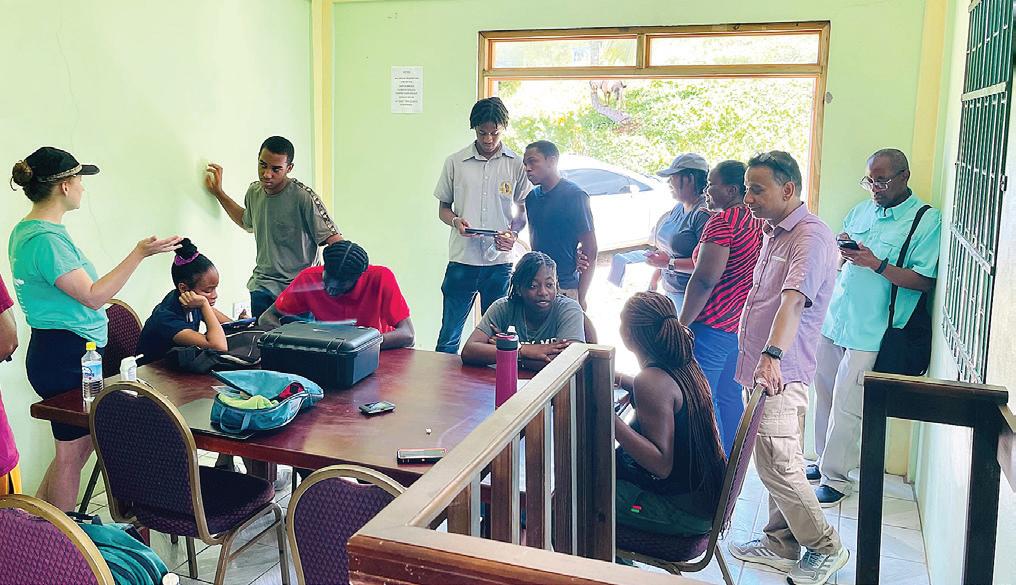
Gyawali leads various projects that create opportunities for KSU students for experiential learning and research in the field of post-disaster management and study of the impacts of climate change on local communities and coastal agricultural food systems. This initiative is a part of an 1890 Universities Center of Excellence for Global Food Security and Defense grant titled, “Enhancing International Competence in Agricultural Science Education and Experiential Research.” This multiinstitutional collaborative project aims to enhance the teaching, experiential research and learning capacity of faculty and students for understanding international challenges and opportunities in agriculture, environment and climate change. ///

UNIVERSITY OF MARYLAND EASTERN SHORE SIGNS A MEMORANDUM OF UNDERSTANDING WITH UNIVERSITY OF MPUMALANGA

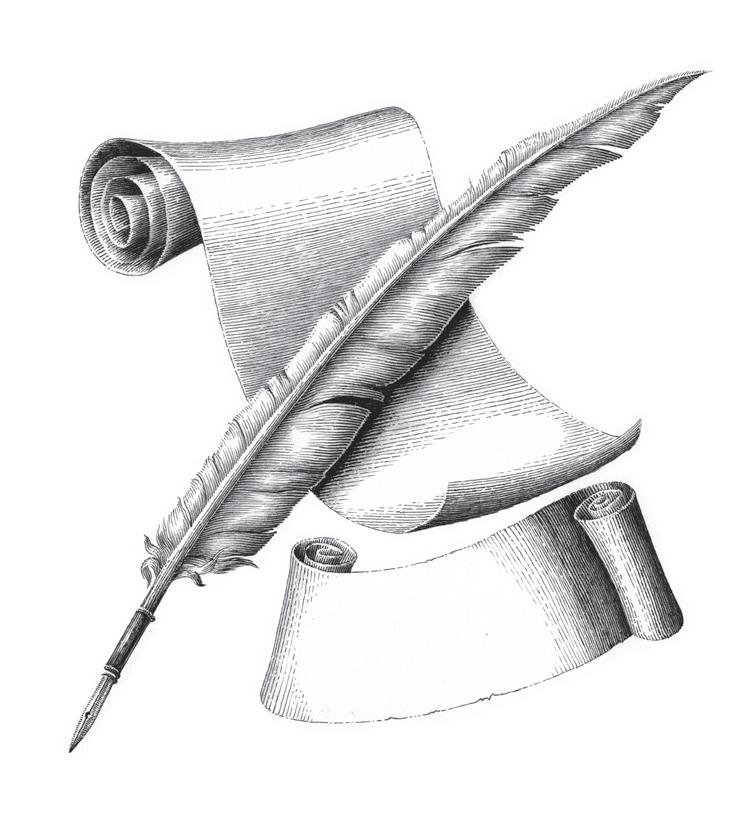
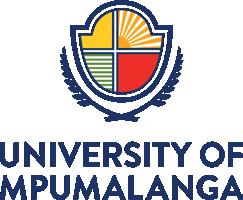
Adelegation of the University of Mpumalanga, South Africa traveled to Princess Anne, Maryland, from May 1-4, 2023, to promote partnerships and sign a memorandum of understanding, MOU, with the University of Maryland Eastern Shore.
Professors Thoko Mayekiso, vice chancellor; Moses Mbewe, dean of the faculty of Agriculture and Natural Sciences; and Phindile Lukhele-Olorunju, director of Research Management, were the UMP officials who visited UMES.
UMES President Heidi M. Anderson and Mayekiso signed the MOU in the Henson Center’s Presidential Reading Room in the presence of Anderson’s cabinet members including Provost Rondall Allen, Vice Presidents Anastasia Rodriguez, Latoya Jenkins and Robert Mock; along with UMP’s Lukhele-Olorunju and Mbewe.
Anderson acknowledged the partnership between UMP and UMES is a product of the negotiation by the State of Maryland and South Africa’s Embassy some years ago. Leading up to the MOU signing, several online meetings were organized in which Dean Moses T. Kairo and School of Agricultural and Natural Sciences faculty interacted with UMP’s vice chancellor and her team to strengthen the partnership. This was followed by a visit of UMES delegation to UMP as a part of the Maryland/ KwaZulu-Natal Sister State visit to South Africa in November 2022.
Anderson said: “Given UMP interest in the Schools of Business and Technology, and Agriculture and Natural Sciences, our faculty and administrators will be glad to interact with you and your delegation in order to find common ground for future collaborative partnerships including students, faculty and staff exchange.
In the wake of the announcement of the Next Generation of Food, Agriculture, Natural Resources and Human Sciences Food Professionals, commonly called the NextGen Project — which you played a major role supporting our application — if awarded, it will offer a great opportunity to jumpstart the MOU that we sign today,” she said.
Kairo acknowledged various similarities between UMES’ School of Agricultural and Natural Sciences and UMP’s college of agriculture and natural sciences.
“Faculty from both schools may find it rewarding to engage in mutually collaborative research opportunities as well as engage students from both institutions in international experiential learning programs,” Kairo said.
The delegation toured the UMES campus and visited several departments which align with UMP’s academic programs including the Paul S. Sarbanes Coastal Ecology Center near Assateague Island, engineering and aviation sciences; hospitality and tourism management; agriculture, food and resource sciences, human ecology and natural sciences. ///

UNIVERSITY OF MARYLAND EASTERN SHORE
SCIENTISTS TAKE PART IN FIRST PLANT HEALTH SYMPOSIUM IN KINSHASA, DEMOCRATIC REPUBLIC OF CONGO

In June 2023, UMES faculty including Drs. Caleb Nindo, Simon Zebelo and Stephan Tubene participated in the first Plant Heath symposium organized in Kinshasa, DRC by the Plant Clinic International (PCi) in collaboration with the University of Maryland Eastern Shore, University of Liege and Walonie-Bruxelles. The theme of the symposium was Plant Health in the Context of Climate Change and Conflict.
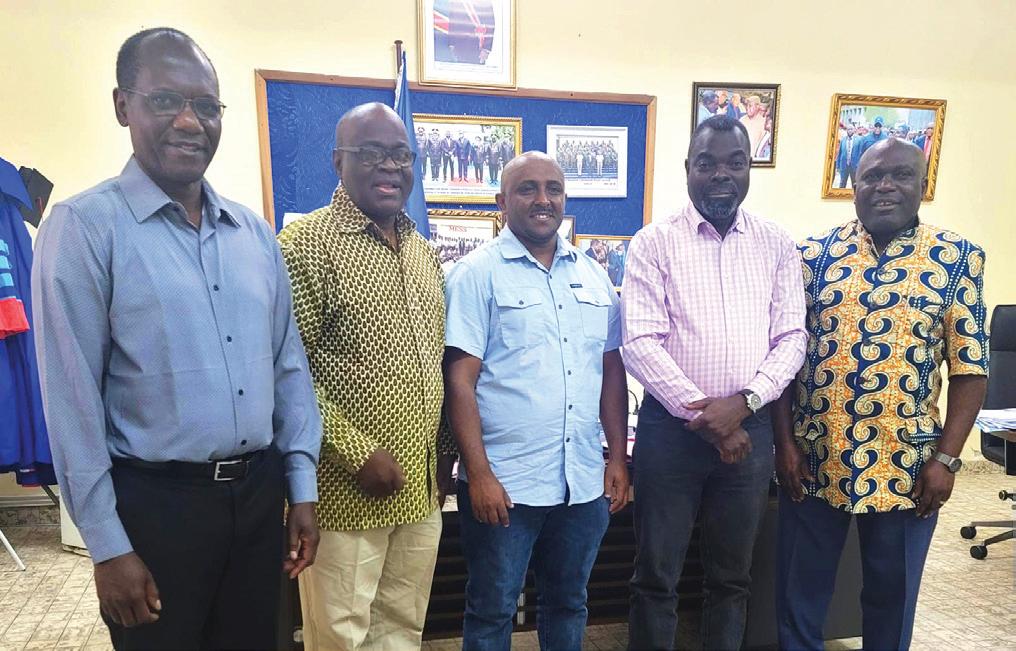
The main objective of the symposium was to bring awareness to the government officials, scientists and farmers on the state of the phytosanitary conditions of the agriculture in DRC and best management practices. Among the several topics covered were Postharvest Techniques (Nindo); Biopesticides (Zebelo); Writing a Winning Proposal (Tubene), Plant Protection, Current and Emerging Threats to Crops, etc.

PLANT

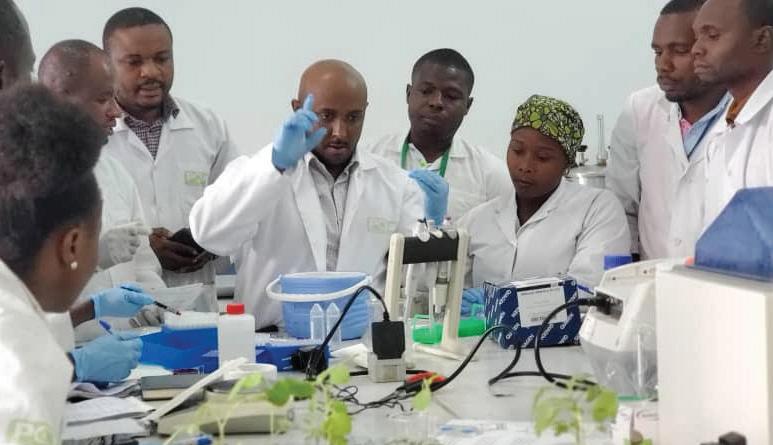
Subsequently, UMES faculty not only provided lab materials and equipment to PCi but also conducted a training of 17 scientists selected from various Congolese institutions, including the PCi, graduate students from the University of Kinshasa, National Institute for the Study and Agronomic Research, and researchers from the Ministry of Agriculture. This training, mainly conducted by Zebelo, focused on identifying one of the key insect pests of cassava, the whiteflies, and the virus they transmit using molecular techniques. Whiteflies cause injuries to plants by sucking plant sap. They also excrete honeydew, which makes the plants sticky and supports the growth of
black sooty mold that interferes with photosynthesis. Heavy whitefly infestations in some plants can cause stunting, distorted and discolored leaves. They are also vectors of plant viruses and transmit viral diseases that can severely damage susceptible plants. Whiteflies transmit cassava mosaic disease and cassava brown streak disease, the two common viral diseases in cassava and also commonly found in DRC.
The trainees were acquainted with basic molecular techniques to help identify whiteflies and other insects. Even though five whitefly species identified in a cassava plant include Trialeurodes vaporariorum, Bemisia tabaci, Bemisia afer, Aleurodicus disperses and Paraleyrodes bondari; only three whitefly species transmit the viral disease in cassava: Trialeurodes vaporariorum, Bemisia tabaci and Aleurodicus disperses. Insecticides have low efficacy in controlling the virus’s spread. Viral disease management mainly focuses on cassava cultivars with broad-spectrum resistance to the virus and/or the vectors.
The UMES team engaged more than 500 University of Kinshasa undergraduate and graduate students in a lecture and debate on various academic issues. The team also met with University of Kinshasa faculty and discussed academic and research programs of mutual interest. ///
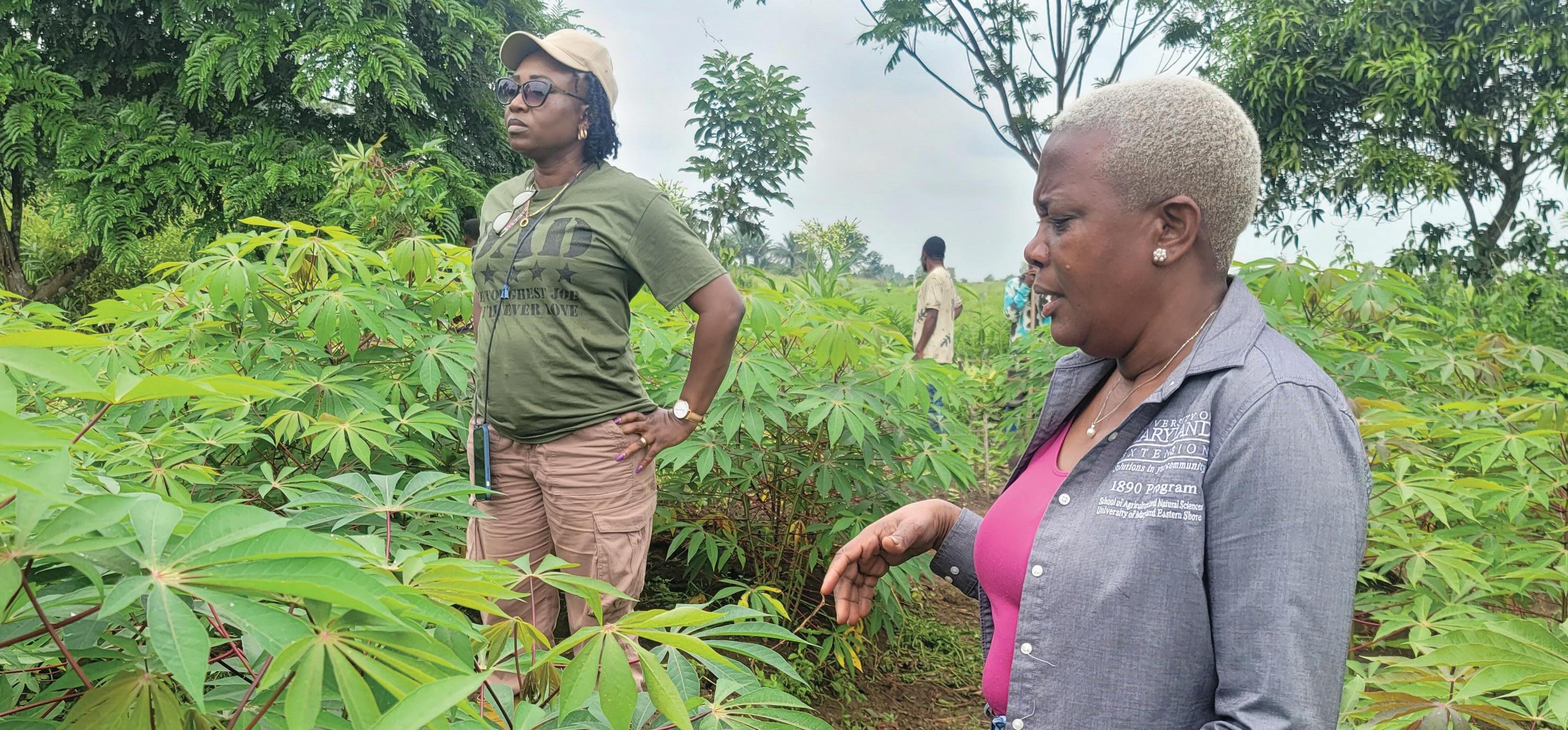

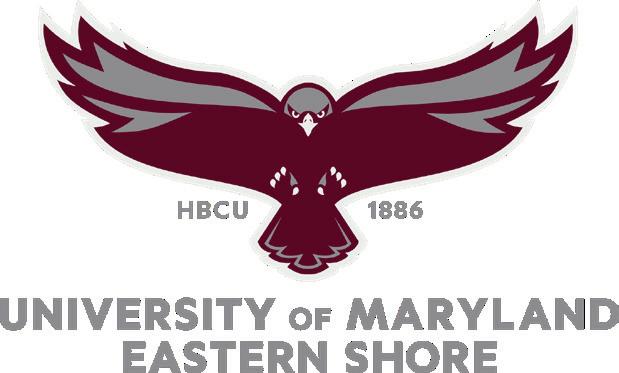
CEGFSD OFFICERS


Director Moses T. Kairo, Ph.D. DIC Professor and Dean
Associate Director Stephan Tubene, Ph.D. Professor
Contact us: email: cegfsd@umes.edu Kiah Hall, Room 1104, Suite 1502 University Blvd. S. Princess Anne, Md. 21853 ph: 410-651-6740 www.umes.edu/sans/ncoe/cegfsd/

Assistant Director Maricelle Saullo, MBA, M.Ed.
This work is supported by the USDA National Institute of Food and Agriculture, Centers of Excellence at 1890 Institutions. CEIED Award 2020-38427-31514 and CEGFSD Award 2021-38427-34838.
The University of Maryland Eastern Shore is prohibited from discriminating based on race, color, national origin, religion, sex, gender identity (including gender expression), sexual orientation, disability, age, marital status, family/parental status, income derived from a public assistance program, political beliefs, or reprisal or retaliation for prior civil rights activity, in any program or activity conducted or funded by USDA (not all bases apply to all programs). For inquiries regarding the application of Federal laws and nondiscrimination policies to University programs and activities, contact: titleix@umes.edu. UMES is an EEO/AA employer. For help accessing this or any UMES publication, contact: ADA@umes.edu
The CEGFSD Newsletter is published by the Office of Agricultural Communications. agcomm@umes.edu | 410-651-6084
